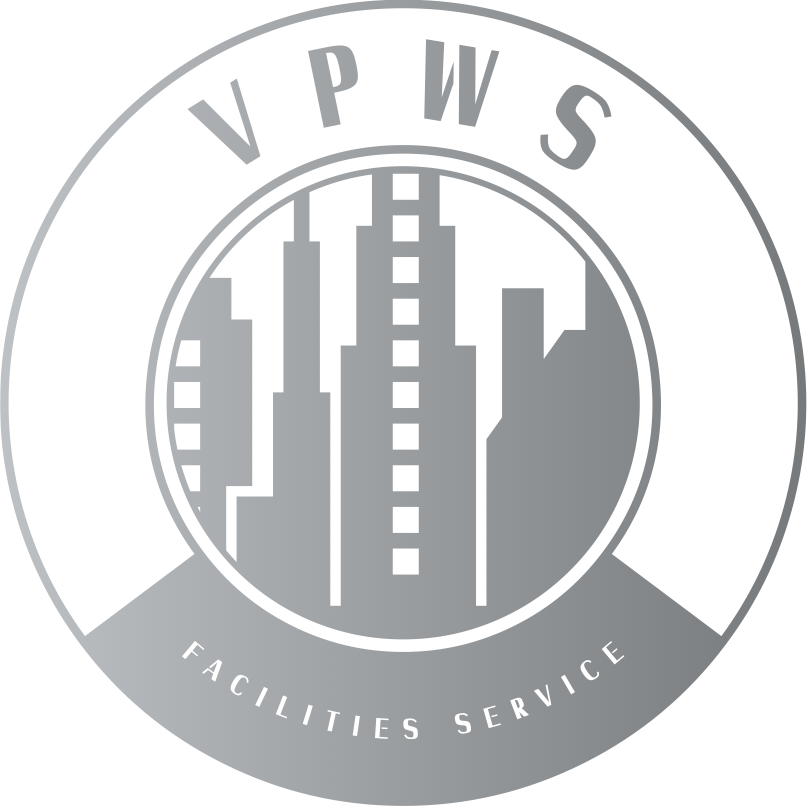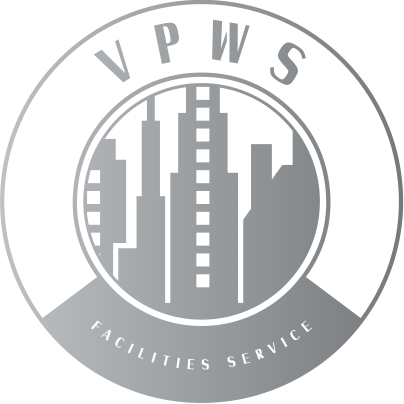Disinfection Services vs. Regular Cleaning: What’s the Difference?
Creating a clean and healthy living or working environment requires more than just surface cleaning. While regular cleaning removes visible dirt and dust, disinfection services focus on killing harmful germs, bacteria, and viruses. Both are important, but understanding the distinction between these two processes is essential for maintaining optimal hygiene and safeguarding health.
Main Differences Between Disinfection and Cleaning
Cleaning and disinfection are both essential practices for maintaining a hygienic environment, but they serve different purposes. Regular cleaning removes dirt, dust, and surface-level contaminants, while disinfection focuses on eliminating harmful pathogens such as bacteria and viruses. Understanding the distinctions between these two processes is critical for creating a truly safe and healthy environment, whether at home or in the workplace.
Purpose of Cleaning
The primary goal of regular cleaning is to remove visible dirt, debris, and surface stains from various surfaces. This process includes dusting, vacuuming, mopping, and wiping down surfaces. Cleaning is effective at maintaining a space's appearance and preventing the buildup of grime, but it does not necessarily eliminate germs or harmful pathogens. Regular cleaning creates a more pleasant environment and can help reduce allergens by keeping surfaces free of dirt and clutter, but its impact on bacteria and viruses is minimal.
Purpose of Disinfection
Disinfection, on the other hand, is specifically designed to kill germs, bacteria, viruses, and other pathogens that may be present on surfaces. Disinfection services use specialized chemicals, such as disinfectants and sanitizers, that are proven to neutralize harmful microorganisms. This process is especially important in areas where hygiene is critical, such as hospitals, kitchens, and bathrooms, as it targets the invisible threats that regular cleaning leaves behind. Disinfection ensures that surfaces are not only clean but also safe from harmful germs that could spread infections.
Frequency of Cleaning vs. Disinfection
Regular cleaning is typically performed more frequently than disinfection. Tasks like sweeping, dusting, and mopping are done daily or weekly to maintain a space's cleanliness. Disinfection, however, may be done less frequently unless the area is high-risk or exposed to potential contamination, such as in healthcare settings. In homes and offices, disinfection is usually reserved for when there is an illness outbreak, seasonal flu concerns, or after large gatherings. Knowing when to prioritize cleaning versus disinfection helps maintain both cleanliness and safety.
Products and Methods
The products and methods used for cleaning and disinfection also differ. Cleaning often involves the use of soaps, detergents, and general-purpose cleaners that help lift dirt and grime from surfaces. These products are effective for everyday maintenance but do not kill bacteria or viruses. Disinfection, in contrast, requires using EPA-approved disinfectants specifically formulated to kill harmful pathogens. Disinfection also follows stricter guidelines, including proper contact time for the disinfectant to be effective.
Achieving a Safe and Clean Environment
Both cleaning and disinfection are essential to maintaining a safe and healthy environment. Regular cleaning keeps spaces tidy and free from visible dirt, while disinfection eliminates harmful pathogens that pose serious health risks. Understanding the differences between these two practices allows you to implement the appropriate methods for your home or workplace, ensuring both cleanliness and safety. By combining regular cleaning with targeted disinfection, you can create a hygienic space that promotes well-being for everyone.
Ten Common Misconceptions About Cleaning and Disinfection
Cleaning and disinfection are essential for maintaining a healthy environment, but several misconceptions about how these processes work exist. Misunderstandings can lead to ineffective cleaning, leaving harmful bacteria and viruses behind, or making unnecessary efforts without real benefit. Below are ten common misconceptions about cleaning and disinfection that can help you better understand these practices and achieve optimal hygiene.
1. Cleaning and Disinfection Are the Same
One of the most widespread misconceptions is that cleaning and disinfection are interchangeable. Cleaning removes dirt, dust, and debris from surfaces but doesn't necessarily kill germs. Disinfection, on the other hand, focuses on killing harmful bacteria and viruses. While cleaning is essential for keeping spaces tidy, disinfection is required to ensure that surfaces are truly safe and germ-free.
2. You Don't Need to Clean Before Disinfecting
Many people believe that disinfection alone is sufficient for maintaining hygiene. However, cleaning should always precede disinfection. If a surface is covered with dirt or grime, disinfectants may not reach the germs underneath, reducing their effectiveness. Cleaning prepares the surface, allowing disinfectants to eliminate pathogens effectively.
3. All Cleaning Products Disinfect
Not all cleaning products are designed to disinfect. General-purpose cleaners like soaps and detergents effectively remove dirt but do not kill germs. Only EPA-approved disinfectants are proven to eliminate bacteria, viruses, and other harmful pathogens. Reading product labels and choosing the right product for the job is essential.
4. Natural Cleaners Can Kill All Germs
While natural cleaners like vinegar and baking soda are popular for their eco-friendly qualities, they are not effective disinfectants. Vinegar, for instance, can clean surfaces but does not kill viruses like the flu or COVID-19. Using products specifically formulated to kill harmful germs is essential for proper disinfection.
5. Disinfection Once Is Enough
Some people assume that once a surface has been disinfected, it's protected indefinitely. In reality, surfaces can be recontaminated quickly, especially in high-traffic areas. Disinfection is not a one-time solution; regular disinfection is necessary to maintain a safe environment, especially in places prone to frequent contact, like door handles and countertops.
6. Disinfecting Wipes Work Immediately
Many believe that disinfecting wipes provide instant germ-killing power. However, these wipes often require a specific "dwell time" (the amount of time the surface must remain wet) for the disinfectant to be fully effective. Always read the label to ensure you give the product enough time to do its job.
7. Disinfecting and Sanitizing Are the Same
Though often used interchangeably, disinfecting and sanitizing are not the same. Disinfecting kills nearly 100% of harmful pathogens on surfaces while sanitizing reduces the number of germs to a safe level according to public health standards. Both are important, but disinfecting offers a higher level of germ elimination.
8. Stronger Products Are Always Better
It's a common misconception that stronger chemicals or more concentrated disinfectants will deliver better results. Using overly harsh products can damage surfaces or create harmful fumes without improving effectiveness. Using the correct concentration and following label instructions for safe and effective cleaning is important.
9. A Clean Surface Is a Safe Surface
Just because a surface looks clean doesn't mean it's germs-free. Invisible bacteria and viruses can linger on surfaces even after cleaning, making disinfection a critical step. A surface may appear spotless but still harbor harmful pathogens that can cause illness if not properly disinfected.
Disinfectants Work on All Surfaces
Not all disinfectants are suitable for every surface. Some can damage delicate materials like wood or fabric or leave behind residue that is hard to clean. Always check product labels to ensure the disinfectant is compatible with the surfaces you're treating, and follow recommended guidelines to avoid damage.
Understanding the Facts Behind Cleaning and Disinfection
Understanding the differences between cleaning and disinfection and debunking common misconceptions is crucial for maintaining a safe and hygienic environment. While cleaning removes visible dirt, disinfection eliminates harmful pathogens. Recognizing these misconceptions can better protect your home or workplace from bacteria and viruses, ensuring a healthier space for everyone.
Why Is Disinfection Important in Today's Environment?
Maintaining a clean and hygienic environment has become more important than ever. With the global rise in awareness of health risks, particularly in light of the COVID-19 pandemic, proper disinfection practices are essential in both residential and commercial spaces. Disinfection is critical in reducing the spread of harmful bacteria, viruses, and other pathogens, ensuring a safer and healthier environment for everyone. Below, we explore why disinfection is so vital in today's context.
Reducing the Spread of Infectious Diseases
One of the primary reasons disinfection has gained significant importance is its ability to reduce the transmission of infectious diseases. Germs, including viruses like COVID-19, flu, and colds, can linger on surfaces for extended periods, waiting to infect the next person who touches them. Disinfection services target these germs, killing them before they can spread and cause illness. In shared spaces such as offices, schools, and homes, regular disinfection is essential in breaking the chain of transmission.
Creating Safer Work and Living Environments
With an increased focus on public health, disinfection is now seen as critical in creating safe environments. Disinfection helps safeguard employees, students, and visitors in workplaces, schools, and public venues. It also gives people peace of mind, knowing that common areas, high-touch surfaces, and shared equipment are regularly sanitized. In homes, disinfection services provide an extra layer of protection for families, particularly in households with vulnerable individuals such as children, the elderly, or those with weakened immune systems.
Preventing Allergies and Respiratory Issues
Disinfection goes beyond killing germs; it can also help reduce allergens, dust mites, and other irritants that may cause respiratory problems. Disinfecting surfaces, furniture, and air vents can minimize the number of airborne particles that trigger allergies and asthma. Regular disinfection ensures a healthier indoor environment, especially for those with pre-existing respiratory conditions.
Enhancing Hygiene Standards in High-Traffic Areas
Due to the number of people passing through, high-traffic areas such as grocery stores, hospitals, restaurants, and public transportation hubs are constantly exposed to germs. In these spaces, disinfection is crucial to maintaining hygiene standards. Regular disinfection in such places reduces the spread of pathogens and contributes to the overall cleanliness and image of the establishment. Consumers and visitors are more likely to feel safe and confident knowing that proper disinfection measures are in place.
Supporting Business Continuity and Compliance
Maintaining proper disinfection practices for businesses is not just about health—it's also about staying operational and compliant with regulations. In many industries, especially healthcare, food service, and retail, businesses must follow stringent hygiene guidelines to ensure the safety of employees and customers. Disinfection services help companies meet these requirements, avoid fines, and prevent costly shutdowns due to outbreaks or contamination issues.
The Vital Role of Disinfection
Disinfection is essential for promoting health, safety, and well-being in today's environment. It plays a key role in reducing the spread of infectious diseases, creating cleaner and safer spaces, and supporting overall hygiene standards in homes, workplaces, and public spaces. With heightened awareness of the importance of cleanliness, investing in regular disinfection practices is critical to maintaining a healthy environment for everyone.
Understanding the Essentials
In today’s world, disinfection is more than just a precaution—it's an essential practice for maintaining a clean, healthy, and safe environment. Whether it's preventing the spread of infectious diseases, reducing allergens, or ensuring compliance with hygiene standards in high-traffic areas, disinfection plays a critical role in everyday life. By understanding the importance of regular and thorough disinfection and taking active steps, we can protect ourselves, our families, and our communities.
For more expert tips and insights on maintaining a clean and safe space, visit our VPWS Commercial Cleaning blog and learn how our professional services can help you achieve a healthier environment.




